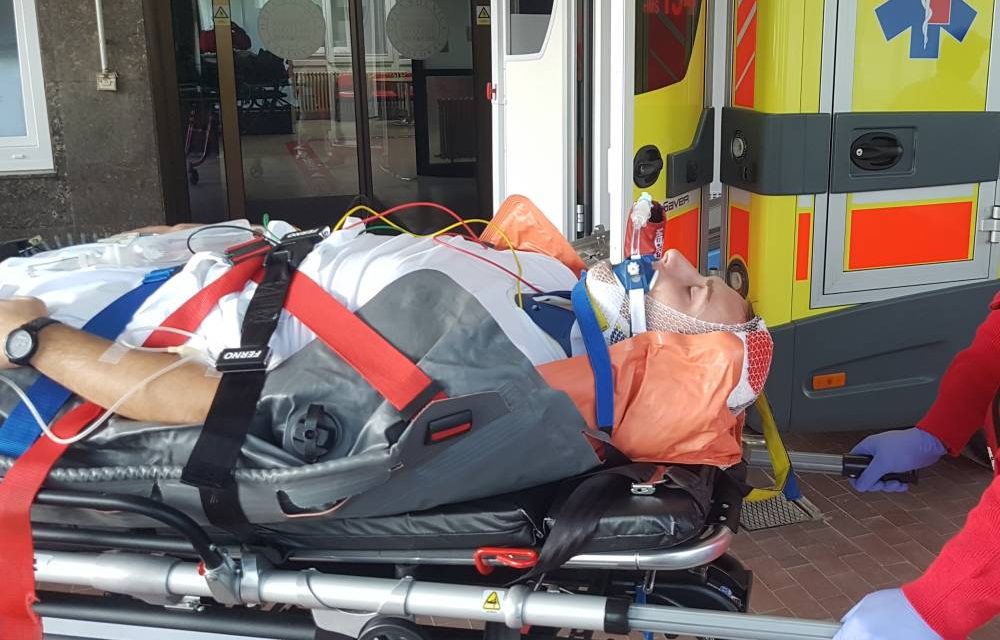The nervous system regulates and controls breathing. Although to a lesser extent, we can partially control our own breathing. Oxygenation is a complex process of delivering oxygen to the lungs and transporting it throughout the body. The ultimate goal of oxygenation is cellular oxygenation, which is necessary for all aerobic metabolic processes.
To achieve adequate oxygenation, the following is necessary:
- Clear airways
- Breathing or respiration
- Circulation
To ensure proper ventilation and oxygenation, a clear airway is necessary. Air enters and passes through the nose or mouth, passes through the throat, larynx and trachea. Then it passes through the main, lobes and segmental bronchi, bronchioles and alveolar ducts, reaching the alveolar sacs.
The respiratory tract ends with the alveoli. Physiologically, air is inhaled through the nose. During this process, the airflow is humidified, heated and filtered. The part of the respiratory system that serves to conduct air, but does not participate in gas exchange, is called dead space. Anatomical dead space includes the airways up to and including the bronchioles.
Ventilation is the process of gas exchange between the external environment (atmosphere) and the alveoli, and vice versa. Ventilation is assessed using capnography/capnometry, and oxygenation is assessed using a pulse oximeter, which measures blood oxygen saturation as a percentage. Normal saturation is between 95 and 100%. Oxygenation is the process by which oxygen passes from the alveolar air into the pulmonary capillaries.
The respiratory cycle consists of inspiration and expiration. Inspiration is an active process that occurs by contracting the inspiratory muscles and raising the ribs, with the diaphragm being the main inspiratory muscle. During inspiration, the diaphragm descends, elongating the thoracic cavity and pulling the lower surface of the lungs downward. Elevation of the ribs and sternum by other inspiratory muscles increases the anteroposterior diameter of the chest. This leads to a further decrease in negative intrapleural pressure, making it even more negative, around -8 cm H2O. At the same time, the alveolar pressure drops from 0 cm H2O to slightly below atmospheric pressure (-1 cm H2O). This pressure difference allows the flow of approximately 0.5 liters of air from the atmosphere into the alveoli during a normal quiet breath. Expiration at rest is a passive process. The respiratory muscles relax, resulting in the diaphragm rising upwards and the ribs descending. This shortens the chest and reduces its diameter. Thanks to the viscoelastic properties of the lungs, they return to their original position. This causes alveolar pressure to rise above atmospheric pressure, and air is expelled from the alveoli due to the newly created pressure difference.
Calm inhalation lasts two seconds, exhalation two to three seconds, and the normal rate of ventilation is between 10 and 20 breaths per minute. If the volume of one breath (current volume, TV) is multiplied by the respiratory frequency (respiratory frequency), the minute volume (MV) is obtained. The minute volume is usually between 5 and 10 liters per minute.



0 Comments